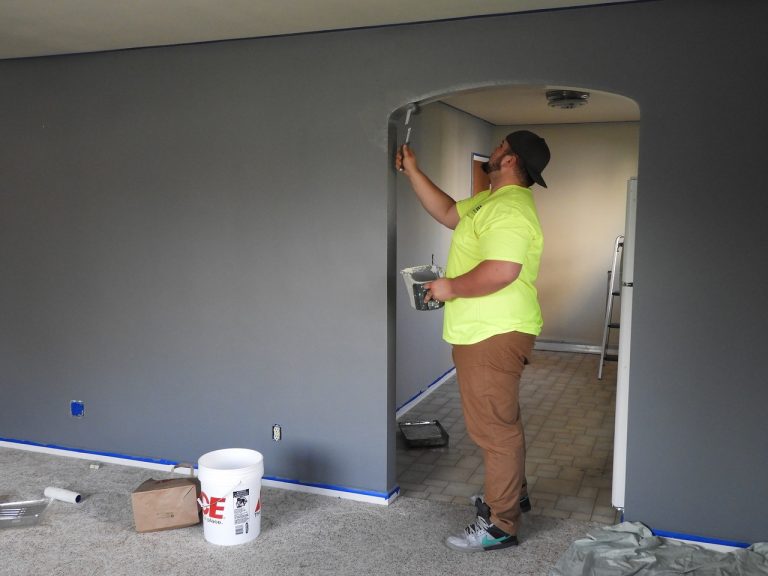
For painting companies, efficiency is key to success. Meeting deadlines, managing resources, and keeping customers satisfied all depend on how well your scheduling processes function. Dynamic scheduling is a game-changer in the painting industry, allowing you to optimize your appointments, allocate resources effectively, and streamline project management. In this blog, we’ll explore the world of dynamic scheduling and share some tips and tricks to help painting companies unlock their full potential.
Understanding Dynamic Scheduling
Dynamic scheduling is a process that allows for the real-time allocation and rescheduling of tasks based on factors like available resources, project timelines, and client preferences. It replaces static, inflexible schedules with adaptable ones that can change on the fly.
Benefits of Dynamic Scheduling
Dynamic scheduling offers a host of benefits for painting companies:
1. Optimize Appointments: Ensure that your teams are working on the right projects at the right times, minimizing downtime and travel.
2. Efficient Resource Allocation: Allocate your resources, including paint, equipment, and personnel, in a way that maximizes productivity and minimizes waste.
3. Reduce Scheduling Conflicts: Avoid overbooking or double-booking, which can lead to delays and frustrated customers.
4. Enhance Customer Satisfaction: By accommodating client preferences and needs, you can provide a level of service that sets your company apart.

Success Stories
Let’s look at a couple of success stories to see how dynamic scheduling has transformed painting companies.
Case Study 1: Streamlined Appointments
A residential painting company implemented dynamic scheduling, allowing them to group appointments in the same area on the same day. This resulted in a 20% reduction in travel time and improved project completion times.
Case Study 2: Client-Centric Scheduling
A high-end interior painting company used dynamic scheduling to accommodate clients’ preferred time slots. This led to increased customer satisfaction and a 15% rise in customer referrals.
Practical Tips for Implementing Dynamic Scheduling
Dynamic scheduling can be a significant asset for your painting company. Here are some tips to help you make the most of it:
1. Invest in the Right Software: Look for scheduling software that’s user-friendly, has real-time capabilities, and can adapt to your specific needs.
2. Train Your Team: Ensure that your team understands how to use dynamic scheduling effectively. Provide training and ongoing support to maximize its potential.
3. Set Clear Protocols: Establish guidelines for how dynamic scheduling should be used, including communication channels and the allocation of resources.
4. Monitor and Adapt: Continuously monitor the effectiveness of your dynamic scheduling and be ready to adapt it as your business evolves.
Key Takeaways
Dynamic scheduling is a powerful tool that can help painting companies improve their efficiency and customer satisfaction. By optimizing appointments, efficiently allocating resources, and minimizing scheduling conflicts, you can create a streamlined and customer-centric business model. With the right software and a commitment to training and adaptation, dynamic scheduling can be a game-changer for your painting company. Unlock the full potential of your operations and make efficiency your competitive advantage.
